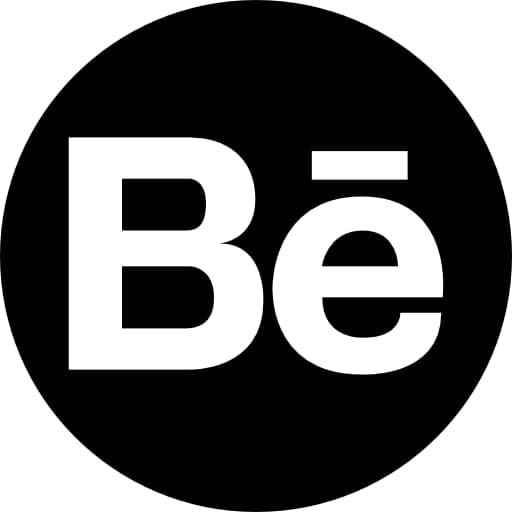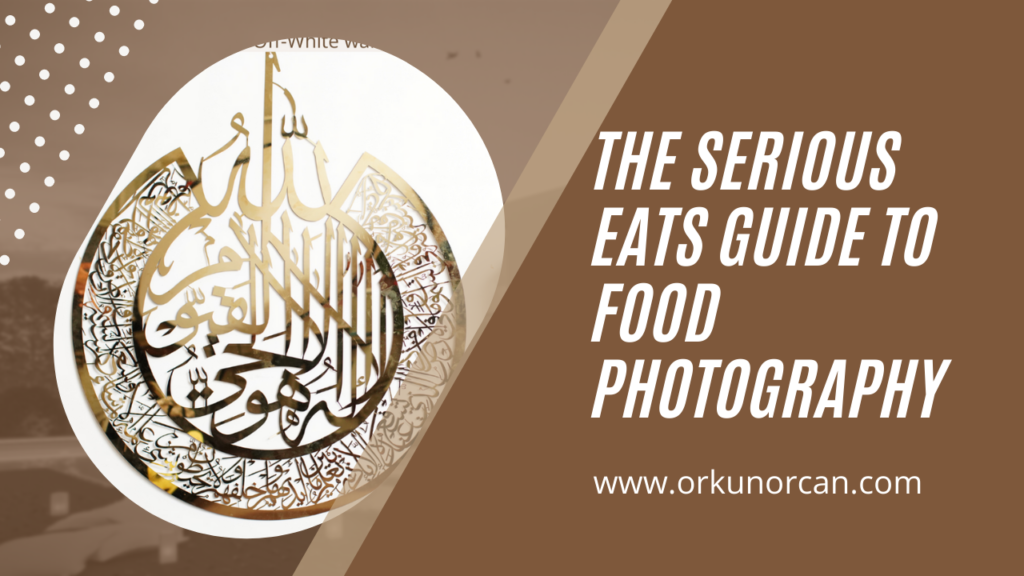Taking best food photography in Dubai is a hard-earned skill; after all, that’s why some people are lucky enough to get paid for it. But it’s also much easier to refine these days, no matter who you are; even a smartphone can produce beautiful, high-quality images.
Of course, professional cameras and lenses, as long as you know how to use them, can make it easy to get great photos, but they are by no means necessary to the process. Think of all the amazing Instagram feeds out there. What separates magazine-worthy best food photography in UAE from their less impressive counterparts isn’t a fancy camera or expensive equipment. It’s an understanding of what it takes to compose a compelling image and the confidence to execute your vision.
Great photography is never a coincidence – you may not know why it’s special or how you made it that way, but the fact is that some fundamentals still came together to make it happen. Details like composition, lighting, and style, which apply whether you’re using a single lens flare (DSLR), simple point-and-shoot, or iPhone.
Take the food? There are just a few basic knowledge and practices that stand between you and photos of really delicious food. Read on or skip to one of our index sections to get started!
What Makes a Photo Good?
Above all, a good food photo should evoke the best features of the best food photography in Abu Dhabi its inherent deliciousness. The colors and textures of a dish should be celebrated, not muted or hidden. That means avoiding blurry photos, unattractive angles, and that all-too-common yellow cast at all costs. If your mouth isn’t watering when you edit your photos, you’ve done something wrong. Here’s what you need to up your food photography game.
Great Natural Light
Good lighting is the most important criterion for best food photography in Sharjah, and the best light is indirect daylight: a shady spot on a sunny day is the holy grail of natural lighting conditions. It gives your food a bright, even glow and doesn’t tint the colors like indoor lighting normally does.
But when it comes to natural light, you might be tempted to move your food to that alluring expanse of bright, beautiful sunshine. No. Direct sunlight tends to be harsh, creating annoying dark shadows and making whites and light colors so bright they lose all discernible texture and shape. Think of it this way: In post-processing, which we’ll talk about later, you can usually add more brightness to a photo without too many negative consequences; removing reflections, on the other hand, tends to leave a blurry and anemic image.
And while we’re at it, a similar rule applies to your on-camera flash. Do not use. Never, never, never, no matter how bad the lighting. Food flash photos create strong reflections and flare, and a fun drop: your food appears to be floating in space.
Moral of the story? If you’re shooting indoors, your best bet is to install it during the daytime near a window, but again, out of direct sunlight. In a restaurant, this might mean politely asking for a specific table; at home, that might mean shooting in a room other than your kitchen. It can be helpful to look at the quality of light you receive in different rooms throughout the day and adjust accordingly. But if your home mostly gets a lot of direct light, don’t despair. You can create your own indirect light by hanging a white sheet over the window; this diffuses the light without adding the kind of hue you’d get with, say, a colored curtain.
Once you’ve found your ideal spot, it’s time to think about placing your food in relation to the light source.



